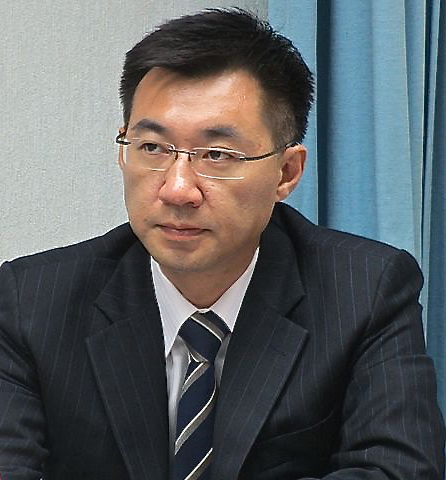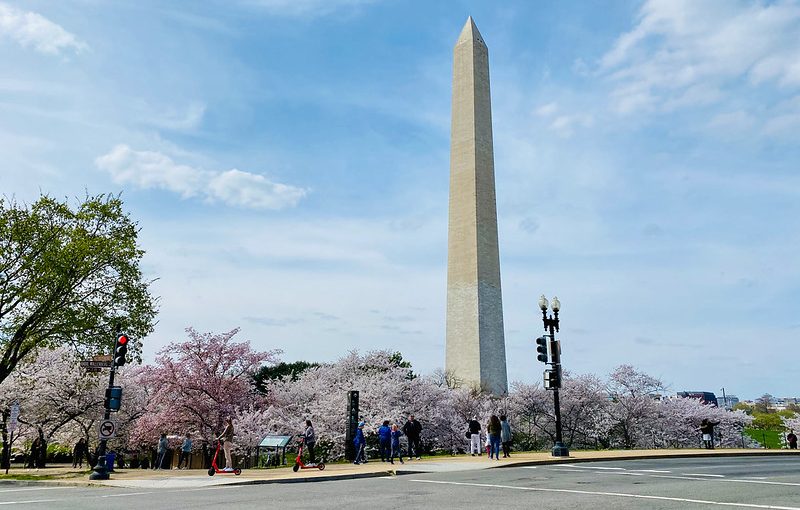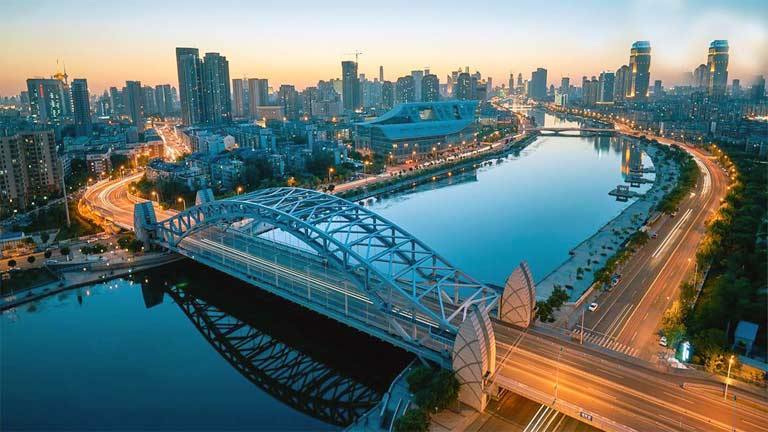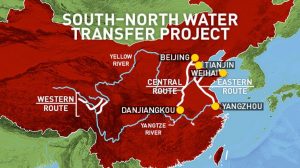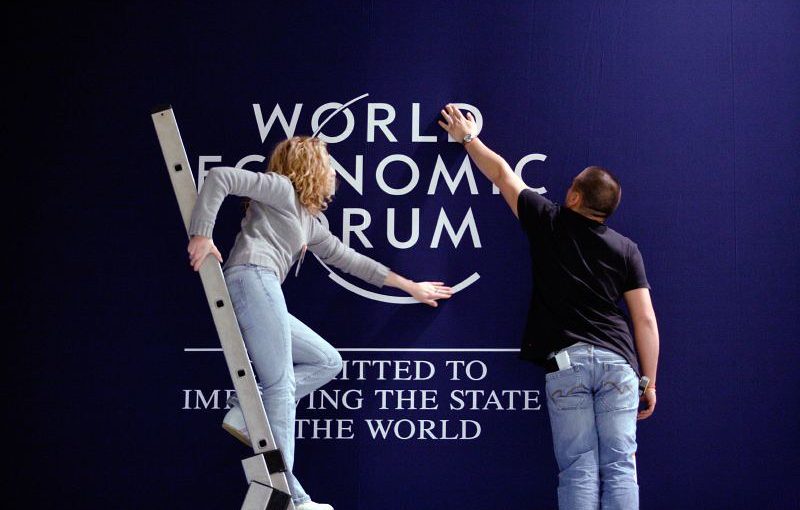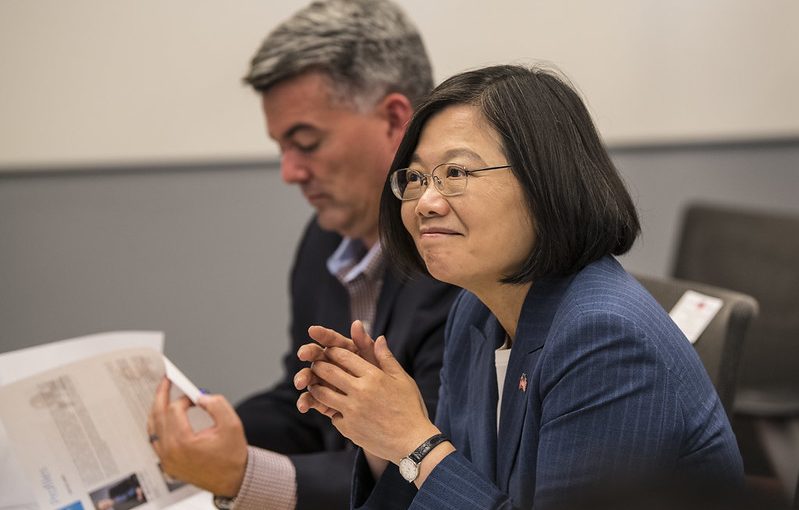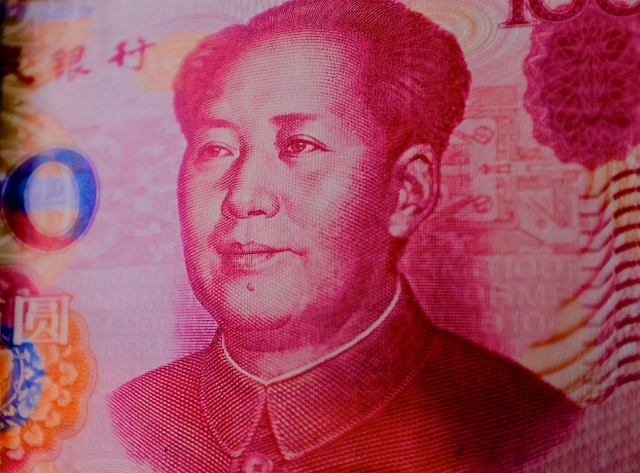On March 9, 2020 Johnny Chiang took office as the new president of Taiwan’s KMT party. (Some might say “China’s KMT”…) Many observers feel that the relatively youthful Chiang, 48, has a rough road ahead. Chiang won a decisive victory over his rival Hua Ling-pin by collecting 68.8% of the vote in a low-turnout KMT election. Chiang immediately promised to reform and revitalize the venerable KMT. He promised to do this in terms of party culture as well structure. There was also talk of a more de-centralized or localized KMT.
What makes his job difficult is not just the stodgy image of the KMT and its membership, but also the fact that over 50% of the population consider themselves “Taiwanese” and not Chinese. Despite Beijing’s slow but steady chipping away at Taiwan’s diplomatic alliances, many young people see Taiwan as already an independent country. Polls show that just about 4% of Taiwanese consider their island part of China.
All of this makes the KMT’s historically pro-Beijing KMT party line a difficult sell to both to younger people as well as to a majority of the Taiwanese. Chiang’s promises of reform and restructuring may indeed succeed, and the KMT may re-invent itself as a leaner, more modern and robust opposition party.
However, the “panda in the room” is the 1992 Consensus and the One-China policy. From the beginning Mr. Chiang has said that in the short term there will be no announcement on the 1992 Consensus and that a committee will decide. His deft dodging of the question harks back to that master politician himself, Deng Xio-ping, who essentially did the same thing decades before when discussing the fate of Taiwan.
With local elections coming in 2022 and presidential elections again in 2024, the KMT will really have to answer the “one China/ 1992 Consensus” question if it is to have any chance of gaining legislative seats or indeed the presidency itself. What might happen is that the KMT drops its historically pro-Beijing posture and gets closer to the DPP’s position on China. This will get them more votes domestically, but then both parties will have to face the displeasure of the CCP.
Just as Mr. Chiang had won decisively this time, incumbent president Tsai Ing-wen’s Democratic Progressive Party had captured the presidency in the January 2020 elections. After a recent election defeat, Tsai Ing-wen had to step down as DPP party head, and it appeared that the KMT would be resurgent in 2020 and that she would be out. But thanks to the unrest and demonstrations in Hong Kong in 2019, Tsai’s fortunes were reversed and she kept a decisive hold on the presidency.
Here we are in 2020 and now it is being said that Johnnie Chiang and the KMT have little chance to gain power. At this point it might seem true, but if Mr. Chiang sets to work with a purpose, all things may very well change in the coming elections. Fate and the Taiwan voters have a way of making things like that happen.
photo: wikimedia commons
 日本語
日本語 English
English 中国語
中国語